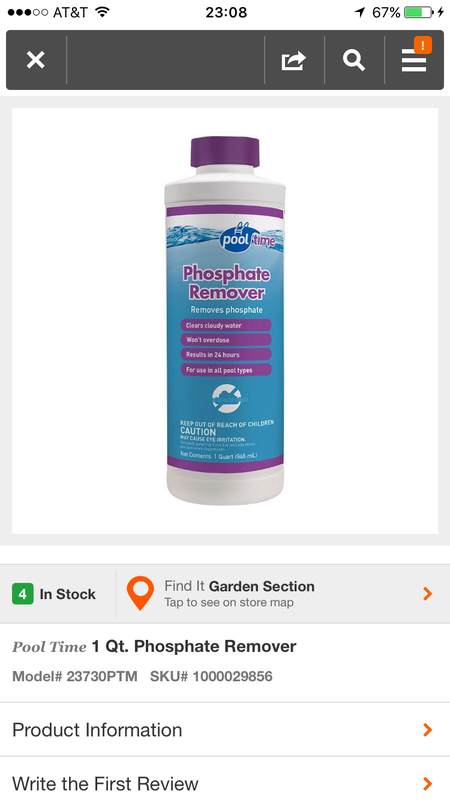Hey folks. I am getting ready to acid bath/cure my dry rocks for my new 40 breeder setup and wanted to run the process by you guys to make sure I have all bases covered. I also have some questions on the process that some of you who have already been through this might be able to answer:
The dry rock I am working with is 50 lbs of BRS Reef Saver rock.
Step 1: Muriatic acid bath
Put the dry rocks in the brute trash can, fill with water, THEN add the acid. I am using a 10:1 water:acid ratio. Let them soak in the mixture for 1 hour (or should I do less?). Once complete, take the rocks out and hose them down.
Questions on this step:
1. Can I use regular tap water for the bath or do I need to use RODI?
2. Once the process is complete, is the solution still caustic? How do you go about fishing the rock out of the can without tipping it over (and shattering them into pieces)?
Step 2: Let the rock dry in the sun for 3-4 days (do I need to do this since I will be doing step 3 below)?
Step 3: Lanthanum chloride treatment:
Clean out the Brute can, put the rock back in, fill with RODI water, and add 1/2 fl oz. of LC daily, running a PH in the can. Continue adding LC until phosphate in near undetectable.
Questions on this step:
1. I assume I need to use RODI and not tap water correct?
2. Do I just test the water from the trash can daily? Silly questions I know but I just wanted to make sure. Hanna ULR meter ok I imagine?
3. I've read that you should rinse the rock after this step to get rid of any sediment built up on the rock. Is this correct? If so, I imagine it needs to be in RODI water?
Step 4: Let the rock dry in the sun for 3-4 days
Step 5: Establish a biofilter
Put the rock back in the clean Brute with SW. Add Dr. Tims, run PHs in there and keep the can in a dark place for ~3 weeks.
Questions on this step:
1. Should I be testing for anything in this step?
2. Will it need the full three weeks or can I cut that short, and instead, cycle to rocks in the actual tank?
Sorry about all these questions. I have read up on tons of information on these topics but with this being my first time working with dry rock, I wanted to make sure I did things right, especially since chemicals are involved. Also, I'd rather be patient and do the hard/dirty work now than to cut corners and have to deal with nuisance algae in the tank down the road.
Thank you in advance for your help!
Cheers,
Yash
The dry rock I am working with is 50 lbs of BRS Reef Saver rock.
Step 1: Muriatic acid bath
Put the dry rocks in the brute trash can, fill with water, THEN add the acid. I am using a 10:1 water:acid ratio. Let them soak in the mixture for 1 hour (or should I do less?). Once complete, take the rocks out and hose them down.
Questions on this step:
1. Can I use regular tap water for the bath or do I need to use RODI?
2. Once the process is complete, is the solution still caustic? How do you go about fishing the rock out of the can without tipping it over (and shattering them into pieces)?
Step 2: Let the rock dry in the sun for 3-4 days (do I need to do this since I will be doing step 3 below)?
Step 3: Lanthanum chloride treatment:
Clean out the Brute can, put the rock back in, fill with RODI water, and add 1/2 fl oz. of LC daily, running a PH in the can. Continue adding LC until phosphate in near undetectable.
Questions on this step:
1. I assume I need to use RODI and not tap water correct?
2. Do I just test the water from the trash can daily? Silly questions I know but I just wanted to make sure. Hanna ULR meter ok I imagine?
3. I've read that you should rinse the rock after this step to get rid of any sediment built up on the rock. Is this correct? If so, I imagine it needs to be in RODI water?
Step 4: Let the rock dry in the sun for 3-4 days
Step 5: Establish a biofilter
Put the rock back in the clean Brute with SW. Add Dr. Tims, run PHs in there and keep the can in a dark place for ~3 weeks.
Questions on this step:
1. Should I be testing for anything in this step?
2. Will it need the full three weeks or can I cut that short, and instead, cycle to rocks in the actual tank?
Sorry about all these questions. I have read up on tons of information on these topics but with this being my first time working with dry rock, I wanted to make sure I did things right, especially since chemicals are involved. Also, I'd rather be patient and do the hard/dirty work now than to cut corners and have to deal with nuisance algae in the tank down the road.
Thank you in advance for your help!
Cheers,
Yash



















